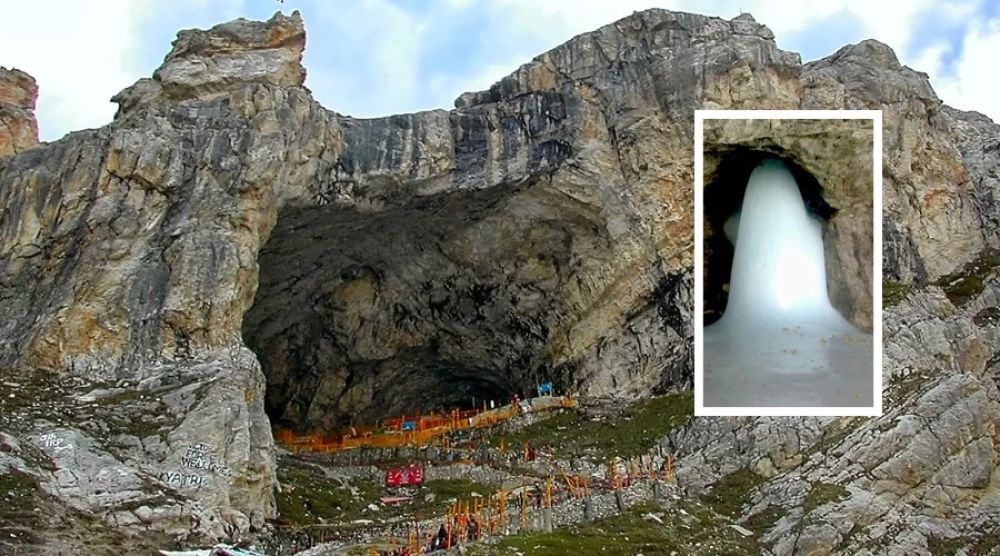

The sacred Amarnath Temple, nestled in the serene climes of Jammu and Kashmir in India, is one of the most revered pilgrimage destinations for Hindus. The temple, dedicated to Lord Shiva, is famed for its naturally formed ice lingam—a symbol of the deity—which waxes and wanes with the moon. It is located at an altitude of about 3,888 meters (12,756 feet) above sea level and is accessible only for a brief period during the summer when the snow melts along the treacherous Himalayan paths.
The origins of the Amarnath Yatra (pilgrimage) are shrouded in the mists of time, with references to the holy cave found in ancient Hindu texts. The pilgrimage to Amarnath is believed to date back to 5,000 years ago, but it became more widely recognized in the public eye when it was "rediscovered" by a Muslim shepherd named Buta Malik in the 15th century. The lore tells that a Sufi saint rewarded him with a bag of coal that later turned out to be gold, prompting the shepherd to visit the cave where he found the ice lingam and understood its sacredness.
Since then, the Yatra has been an unbroken tradition, bringing together thousands of pilgrims each year, who embark on this arduous journey seeking spiritual salvation. The trek involves a difficult passage through rugged terrains, steep slopes, and inclement weather conditions, which adds to its sanctity and the spiritual fulfillment of the pilgrims.
In recent years, the Amarnath Yatra has seen significant modernization and infrastructure development aimed at providing better facilities and ensuring the safety of the pilgrims. The Indian government and local authorities have introduced several measures:
Alongside these practical measures, the Yatra has become more inclusive, attracting international tourists who are interested in the cultural and spiritual aspects of this unique pilgrimage. With the advent of social media, the dissemination of information and personal experiences of the pilgrims has broadened the appeal of the Amarnath Temple pilgrimage, presenting it not just as a religious journey, but also as a trek that tests one’s physical endurance and mental resolve.
Despite its evolution over the years, visiting the Amarnath Temple remains a journey steeped in faith and tradition. Pilgrims and tourists alike are drawn to this holy site, seeking both divine blessings and the natural beauty of the Himalayas. The enduring reverence for this ancient site ensures that the Amarnath Yatra continues to be a significant event, marking the timeless blend of humanity with spirituality in the heart of Kashmir.